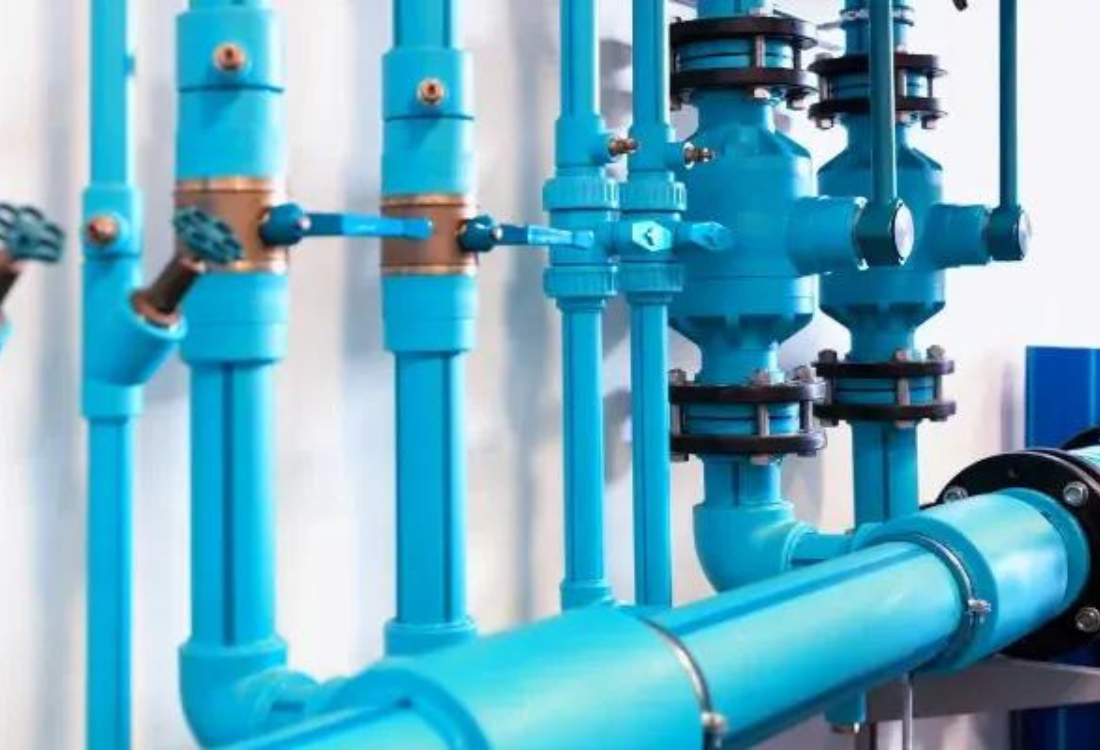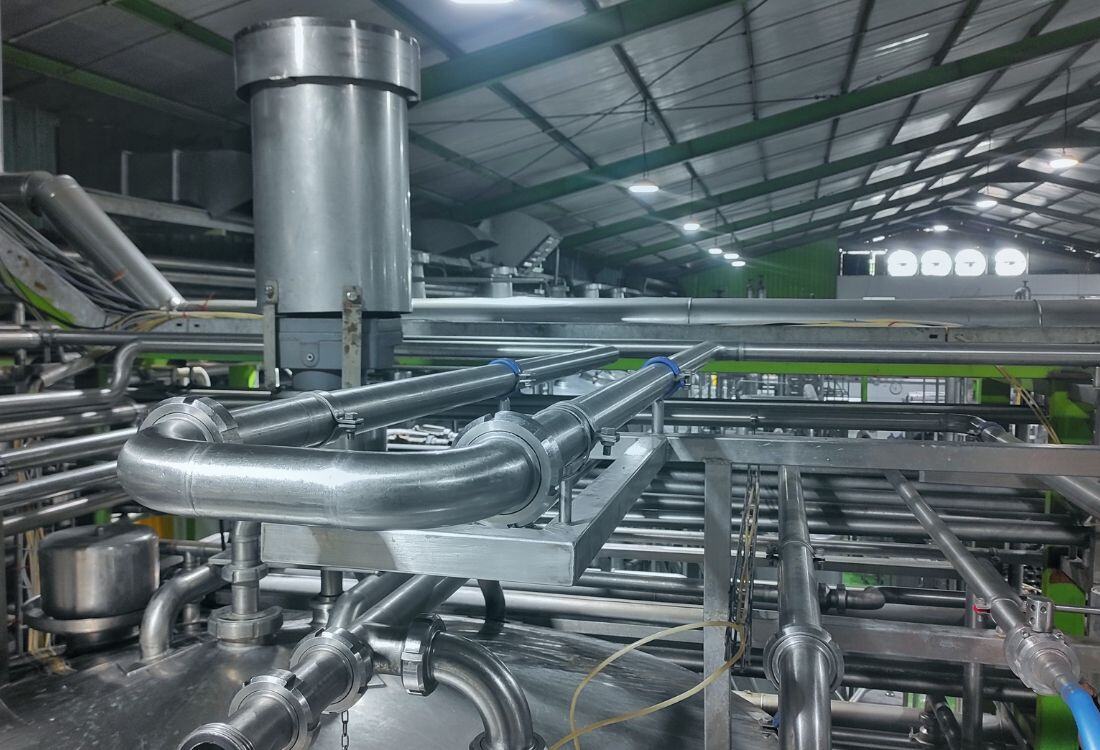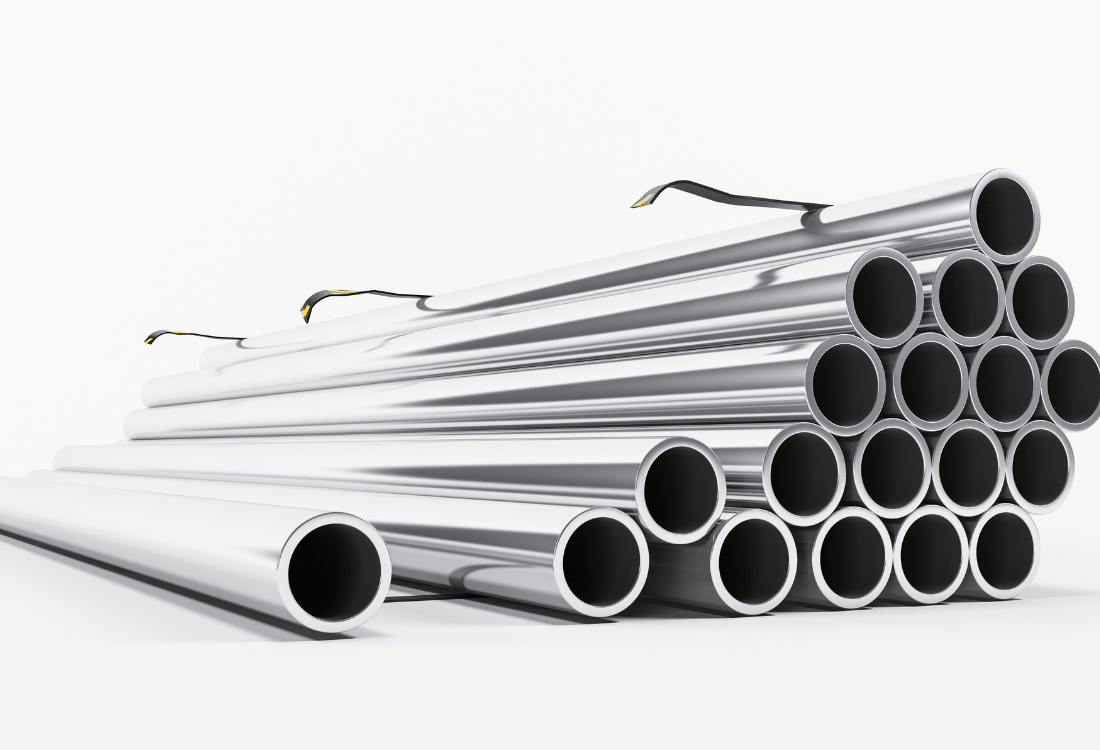Importance Of Pre-Commissioning Flushing For Pipework Systems
During the installation of pipework, it is almost inevitable that debris will be introduced to the system. With carbon steel systems, there is the added risk of loose scale/corrosion products that could be left inside, to travel around, potentially damaging/blocking equipment. Most commonly, it is the chilled water and LPHW loops that are flushed, but it also good practice to flush other pipework, before they go into service. Pre-commissioning flushing is usually carried out in accordance with BSRIA BG-29.
.webp?width=600&height=400&name=Pre-Commissioning%20Flushing%20(1).webp)
Frequently Asked Questions
Flushing is often a combination of various activities, used to ensure that all settled and suspended solids, dirt, installation debris and corrosion products are removed from the pipework before commissioning. This typically involves pumping water around the pipework at high-velocities, chemical cleaning, and (where necessary), the addition of corrosion inhibitors and biocides.
Flushing with water at sufficient velocity will remove loose scale. It will not remove surface rust. In carbon steels, without inhibitor, it will cause rust.
Chemical cleaning is required to remove rust.
It is important to fully survey the system before flushing commences. In almost every case, flushing will be carried out at the normal system operating velocities – or faster. Equipment sensitive to damage from high-speed swarf/slivers of metal, large volumes of scale/dirt should be removed before flushing commences. Likewise, restriction orifices and anything else that could impede the flow should be taken out. Where applicable, strainers should be fitted to protect pumps and other equipment.
Ordinarily, HVAC equipment is completely isolated during flushing until 100% of the pipework is cleaned.
It depends on the size and complexity of the system – and which processes are required. Typically, flushing can take anywhere between 1 day to 2 weeks.
Speak To An Expert
Submit A Question Or Enquiry And Speak To One Of Our Experts To Find Out More!
Submit an enquiry with your question, to give us a brief or to request a call back from one of our experts.
When you get in touch with INOX:
We'll contact you back as soon as we are able to
We'll always aim to provide 'best advice' for your business
We offer a free initial consultation
Your information is treated in the strictest confidence
You can ask us for advice or help on any or all of the following:
- Passivation
- Derouging
- Oxygen Cleaning
- Biofilm Removal
- Riboflavin Testing
- Pre-Commissioning Flushing
- Carbon Steel Pickling
Simply confirm your details on the form provided and we'll be in touch ASAP. We look forward to hearing from you!
From Our Blog

Benefits Of Stainless Steel Pickling In The Power Generation Industry

Rouge Types: What Are The Three Main Classes Of Rouge?

